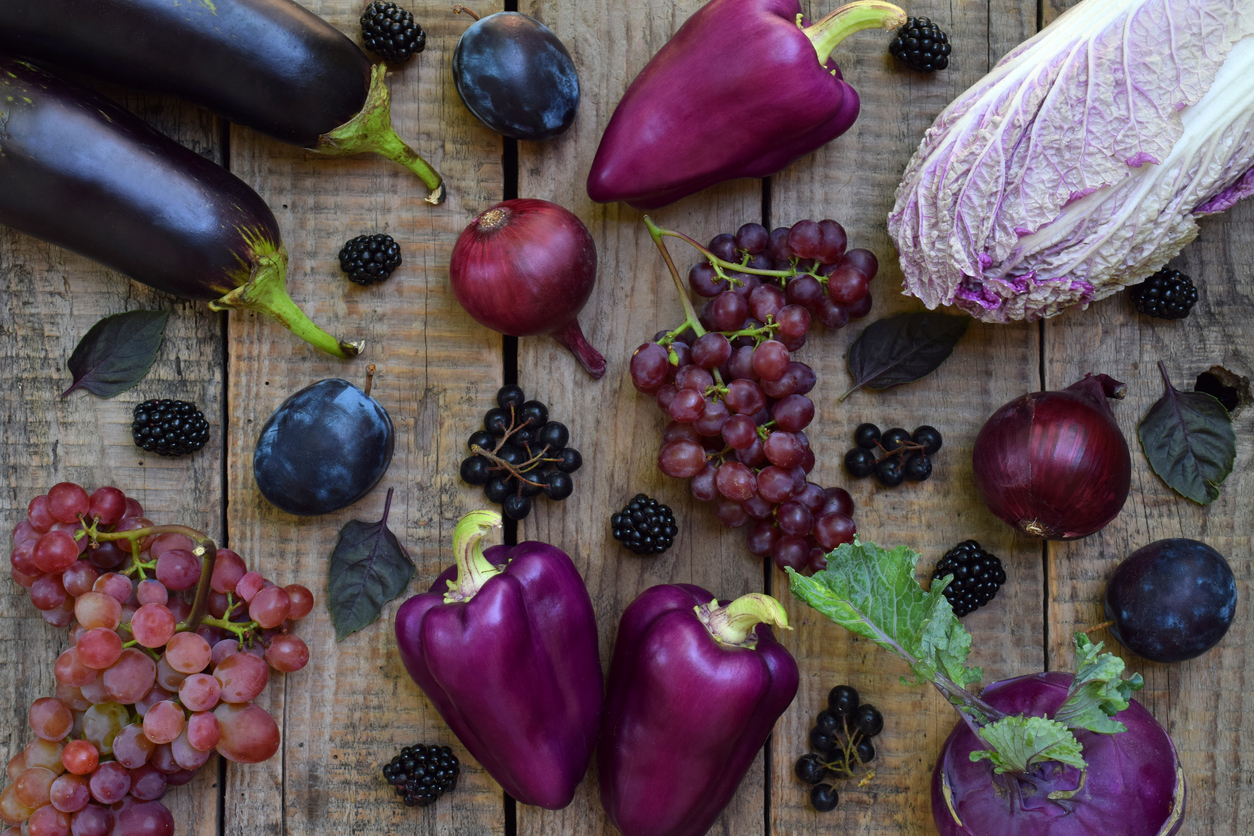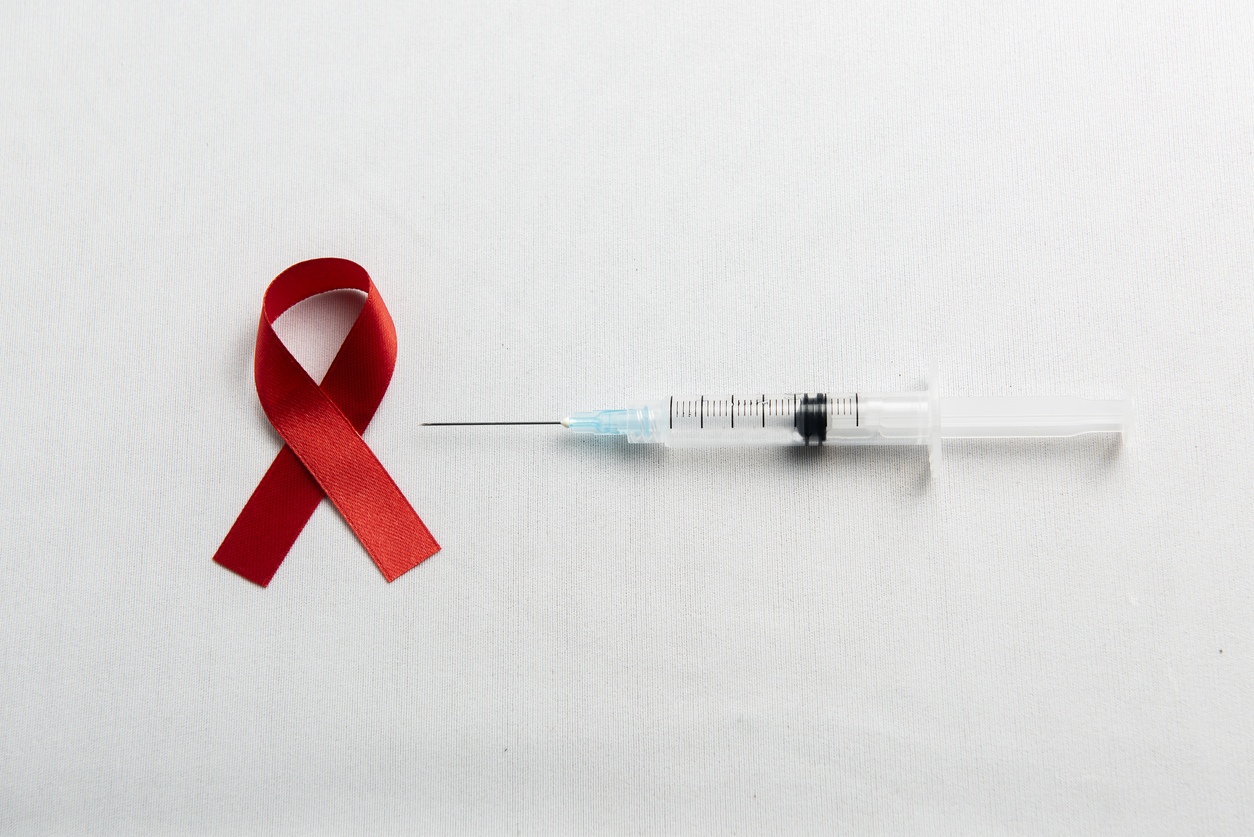2025-07-01
Purple on your plate, benefits in your cells?
Endocrinology and Metabolism
#Anthocyanins #OxidativeStress #Microbiota
#CardiovascularHealth #Bioavailability
Anthocyanins are water-soluble plant pigments from the flavonoid family, responsible for the red, purple, and blue hues in many fruits and vegetables. Beyond their coloring function, they exhibit strong bioactive potential—particularly antioxidant, anti-inflammatory, and microbiota-modulating effects. These properties have sparked growing interest in the fields of nutritional prevention and chronic disease management.
However, despite these proven in vitro benefits, their actual efficacy in humans remains limited due to low bioavailability, rapid degradation in the body, and high interindividual variability in response. This review aimed to clarify the mechanisms of action, metabolism, and potential strategies to enhance the clinical effectiveness of anthocyanins.
This in-depth review examines the metabolic journey of anthocyanins from ingestion to excretion. Less than 1% of the ingested dose reaches the bloodstream in its native form. After ingestion, anthocyanins undergo early degradation in the stomach and small intestine, and are then converted into phenolic metabolites by the gut microbiota—particularly by bacterial species such as Bacteroides, Clostridium, or Lactobacillus. Although these metabolites differ from the original anthocyanins, they retain significant biological activity.
Functionally, anthocyanins target multiple molecular pathways. They regulate oxidative stress through the Nrf2 pathway, reduce the expression of pro-inflammatory cytokines (IL-6, TNF-α), and enhance endothelial function.
Animal and clinical studies suggest benefits for blood pressure, insulin sensitivity, lipid profile, and even cognition. The microbiota plays a dual role: it transforms anthocyanins and is itself favorably modulated by them (increased Bifidobacteria, reduced pathobionts).
Anthocyanins, with their diverse biological properties, offer a promising nutritional approach against chronic diseases—particularly cardiovascular, metabolic, and neurodegenerative disorders. This review sought to illuminate their mechanisms of action and explore why in vivo effects remain modest despite strong in vitro evidence.
Current data highlight the essential role of the gut microbiota in anthocyanin transformation and activation. However, poor bioavailability, metabolic variability among individuals, and chemical instability hinder their direct clinical impact.
To enhance their efficacy, several strategies are under consideration: encapsulation, co-administration with prebiotics or enzyme inhibitors, and selecting more stable plant matrices rich in anthocyanins. Higher-quality clinical trials, including specific biomarkers of absorption and activity, are needed to validate the therapeutic potential of these pigments within a targeted nutritional framework.
Anthocyanins are water-soluble plant pigments from the flavonoid family, responsible for the red, purple, and blue hues in many fruits and vegetables. Beyond their coloring function, they exhibit strong bioactive potential—particularly antioxidant, anti-inflammatory, and microbiota-modulating effects. These properties have sparked growing interest in the fields of nutritional prevention and chronic disease management.
However, despite these proven in vitro benefits, their actual efficacy in humans remains limited due to low bioavailability, rapid degradation in the body, and high interindividual variability in response. This review aimed to clarify the mechanisms of action, metabolism, and potential strategies to enhance the clinical effectiveness of anthocyanins.
Anthocyanins: Healing Through Color
This in-depth review examines the metabolic journey of anthocyanins from ingestion to excretion. Less than 1% of the ingested dose reaches the bloodstream in its native form. After ingestion, anthocyanins undergo early degradation in the stomach and small intestine, and are then converted into phenolic metabolites by the gut microbiota—particularly by bacterial species such as Bacteroides, Clostridium, or Lactobacillus. Although these metabolites differ from the original anthocyanins, they retain significant biological activity.
Functionally, anthocyanins target multiple molecular pathways. They regulate oxidative stress through the Nrf2 pathway, reduce the expression of pro-inflammatory cytokines (IL-6, TNF-α), and enhance endothelial function.
Animal and clinical studies suggest benefits for blood pressure, insulin sensitivity, lipid profile, and even cognition. The microbiota plays a dual role: it transforms anthocyanins and is itself favorably modulated by them (increased Bifidobacteria, reduced pathobionts).
Read next: Cardiovascular diseases: the leading cause of death among women in France
Pigments Full of Promise?
Anthocyanins, with their diverse biological properties, offer a promising nutritional approach against chronic diseases—particularly cardiovascular, metabolic, and neurodegenerative disorders. This review sought to illuminate their mechanisms of action and explore why in vivo effects remain modest despite strong in vitro evidence.
Current data highlight the essential role of the gut microbiota in anthocyanin transformation and activation. However, poor bioavailability, metabolic variability among individuals, and chemical instability hinder their direct clinical impact.
To enhance their efficacy, several strategies are under consideration: encapsulation, co-administration with prebiotics or enzyme inhibitors, and selecting more stable plant matrices rich in anthocyanins. Higher-quality clinical trials, including specific biomarkers of absorption and activity, are needed to validate the therapeutic potential of these pigments within a targeted nutritional framework.
Read next: Metabolism in danger: could your plate make the difference?

Last press reviews
Twice-yearly injections to change the game?

By Ana Espino | Published on December 3rd, 2025 | 3 min read
HIV & young people: what if we changed the rules?

By Ana Espino | Published on December 2nd, 2025 | 2 min read
